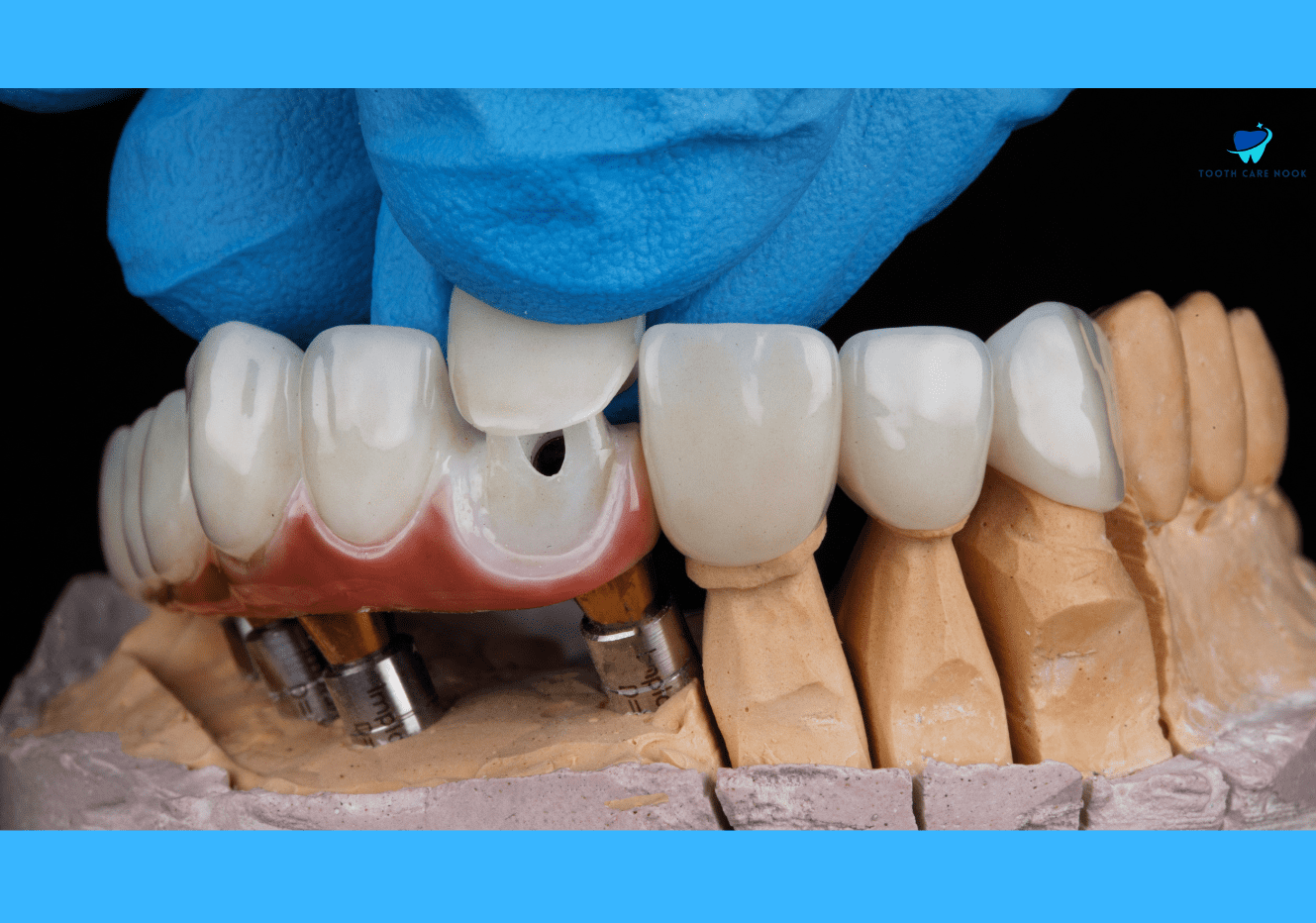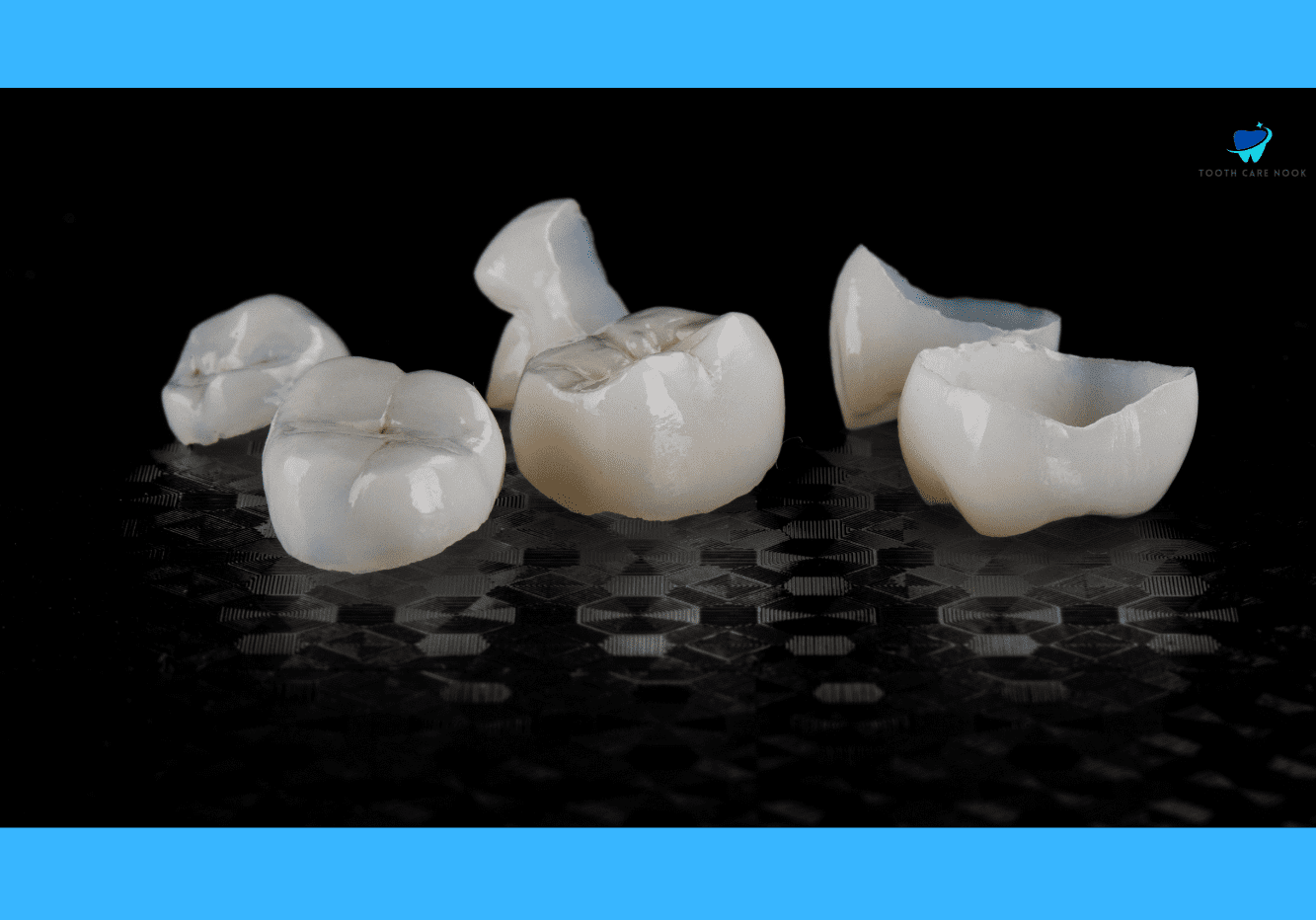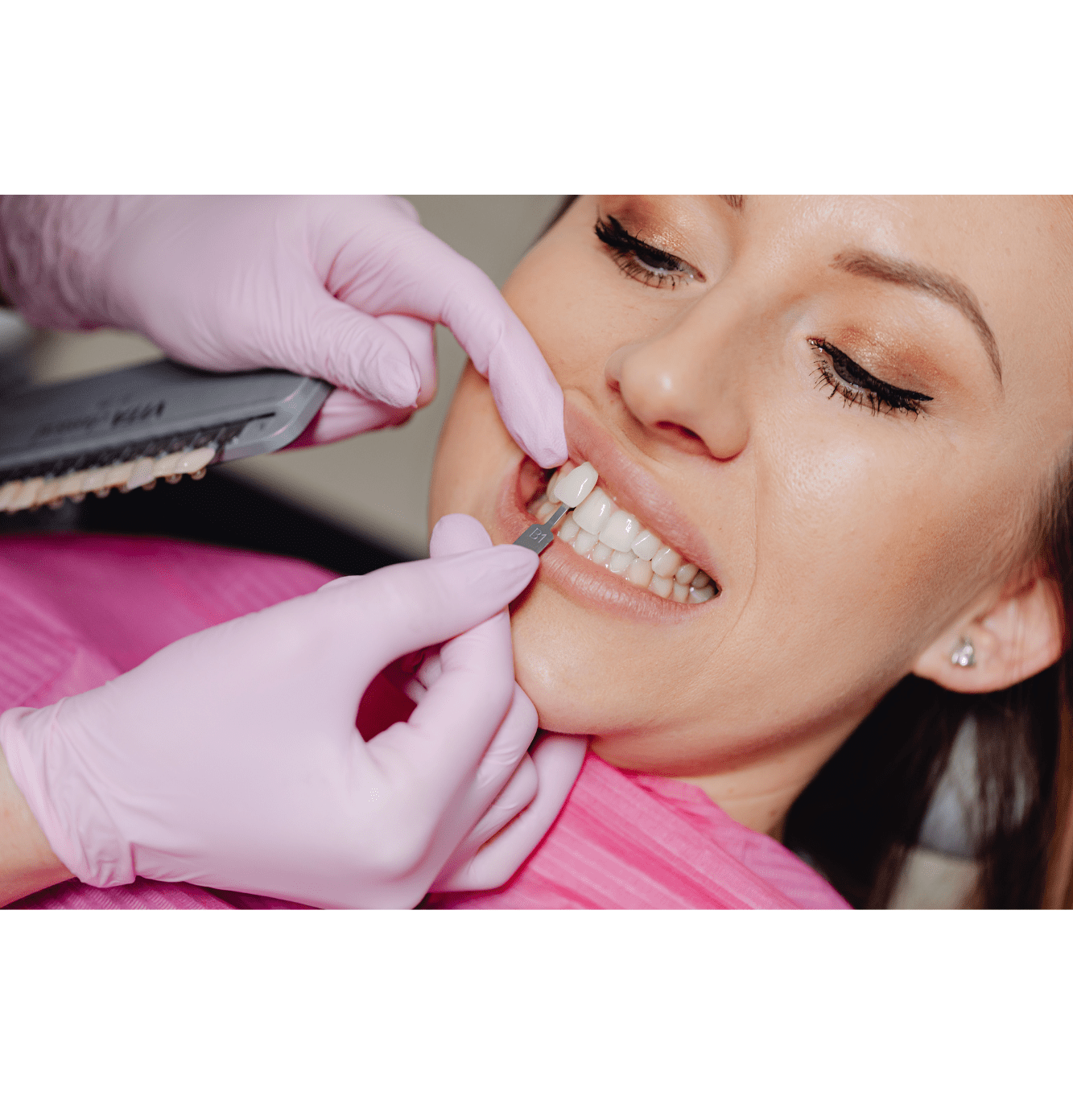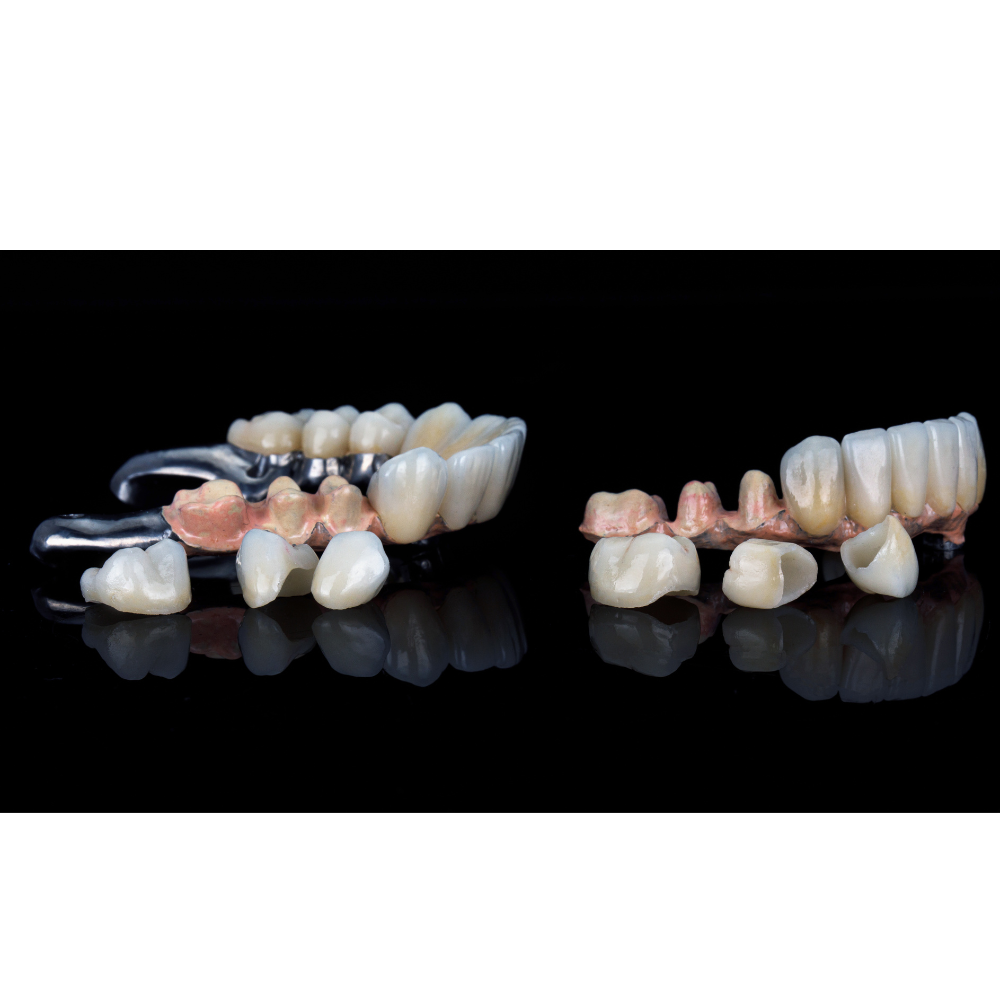How Long Does It Take to Put a Crown On | What Expert Says
Every one of you wants to meet precision with artistry to craft the perfect smile. Isn’t it real? So, grab a seat and get ready to discover the secrets to achieving that million-dollar smile in our expert guide about crown placement timelines.
To install a dental crown, several steps must be completed with precision and expertise. Various factors influence the duration of this procedure from the initial consultation to the final placement. For getting a permanent cap for your teeth we highlight expert opinions and recommendations here. We will begin by exploring the different types of dental crowns available.
Different Types of Dental Crowns
Traditional Crowns:
These crowns are created in a dental laboratory by using materials like porcelain, metal, or a blend of both. They require two separate appointments. One for tooth preparation and for taking impressions, and another for crown placement after fabrication.
Zirconia Crowns:
Zirconia crowns are known for their natural appearance and durability. These crowns are highly resistant to chipping and cracking. They’re suitable for posterior teeth where chewing forces are greater.
Porcelain-Fused-to-Metal Crowns:
Porcelain-fused metal crowns combine the strength of metal and the aesthetics of porcelain. They offer both durability and a natural appearance and they may be prone to chipping over time.
Metal Crowns:
Metal crowns are made from metals such as gold, platinum, or base metal alloys. They have exceptional durability and strength which makes them ideal for molars subject to heavy biting forces. They also offer longevity, but their metallic appearance may not be suitable for visible teeth.
Porcelain Crowns:
Porcelain crowns, also known as ceramic crowns are valued for their normal appearance. They resemble the color and translucency of your natural teeth. They are suitable for front and back teeth and are highly biocompatible.

Resin Crowns:
Resin crowns are a cost-effective option for restoring teeth and are made from composite resin materials. They are more prone to wear and may not be as durable as other crown types. They are normally used for temporary crowns.
How Long Does It Take to Put a Crown On
The dental crown procedure time can range from a few hours to a couple of weeks. It depends on the chosen method and your specific needs. It also depends on the type of procedure that you choose one visit or several. Let’s discuss time requirements for all types of crowns.
| Types of Crowns | Dental Crown Procedure Time |
|
The initial traditional crown appointment takes 50 to 90 minutes while the second will take about 30 to 60 minutes. |
|
The entire takes approximately 60 to 90 minutes per visit as same as the traditional one. |
|
Each appointment usually lasts around 50 to 90 minutes. |
|
Metal crowns may take approximately 60 to 90 minutes. |
|
Both porcelain crown appointments last about 50 to 90 minutes. |
|
Each visit may take approximately 30 to 60 minutes. |
The Dental Crown Process
Initial Consultation and Tooth Preparation:
The dental crown procedure normally starts with an initial consultation with your dentist. The dentist will examine the affected tooth and discuss treatment options.
The next step involves preparing the tooth to accommodate the crown. This often involves eliminating a part of your tooth’s outer layer to make space for the crown to fit cozily ready to move on and not look back.
Impression Taking
Once the tooth is prepared, your dentist will take impressions of your tooth and surrounding teeth. These impressions are used to create a custom-made crown that perfectly matches the shape and size of the prepared tooth.
Fabrication of Crown
The impressions taken during the initial appointment are sent to a dental laboratory where skilled technicians craft a permanent cap for your teeth. The crown is produced using materials like porcelain, earthenware, metal, or a mix of these materials.
Final Crown Placement and Cementation
Once the permanent crown is ready, you’ll return to the dentist to replace it. The dentist will carefully check it’s fit and appearance.
Once the fit is confirmed, the crown for your tooth is cemented or bonded onto the prepared tooth with the help of a dental adhesive. Any excess cement is removed, and final adjustments are made to ensure your proper bite.
Why Do You Need a Dental Crown
You need a dental crown for various reasons, each aimed at restoring the function, strength, and appearance of a damaged or weakened tooth. Here are the reasons you might need a dental crown:
- Support for large fillings.
- Tooth protection.
- Support for dental bridges.
- Restoration of function.
- Protection after root canal therapy.
Do’s and Don’ts After Putting a Dental Crown
Do’s
- Chew with the opposite side of your mouth.
- Maintain good oral hygiene.
- Rinse with an antimicrobial mouthwash.
- Address persistent pain or discomfort.
Don’ts
- Don’t delay treatment.
- Avoid sticky or hard foods.
- Don’t skip dental appointments.
- Avoid using teeth as tools.

FAQs
Is it painful to get a crown?
You will feel minimal pain or temporary discomfort while getting a dental crown. The pain is well-tolerated and easily manageable.
Why does putting on a crown take so long?
Putting on a crown requires multiple appointments and some waiting time for fabrication, these are some reasons for it takes so long. The result is a durable and aesthetically pleasing solution for restoring a damaged or weakened tooth.
What’s worse a crown or root canal?
Both procedures can cause some discomfort or pain. The severity of each procedure varies which depends on the individual’s condition and level of pain tolerance.
Is a crown stronger than a real tooth?
Dental crowns are designed to match the durability of your natural teeth, which makes them stronger than the natural teeth. They are 10 to 15 times stronger than normal teeth.



